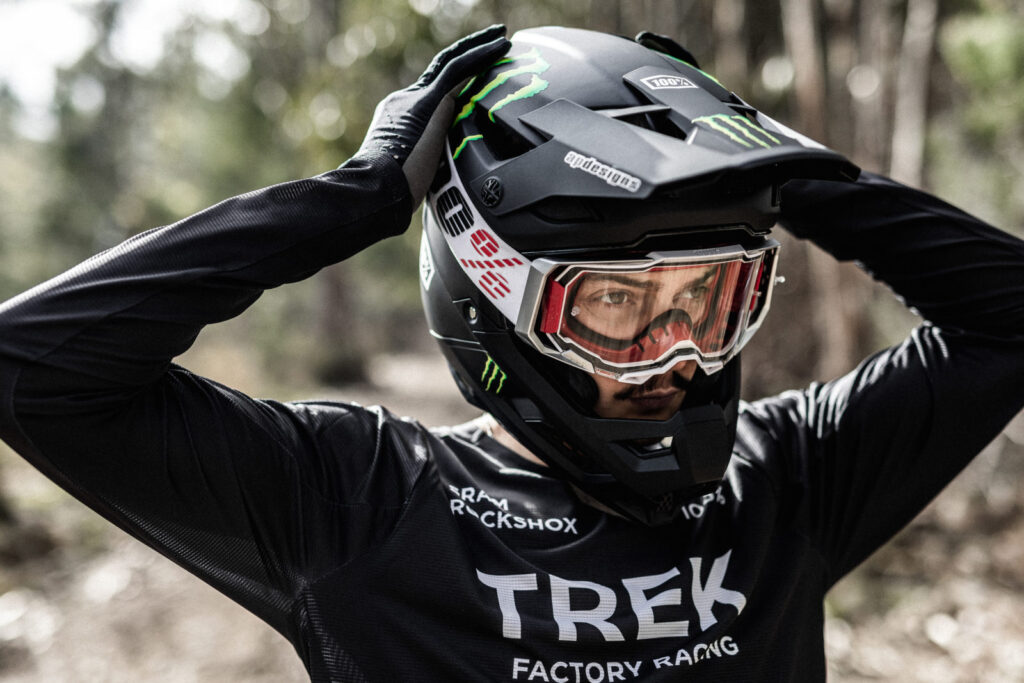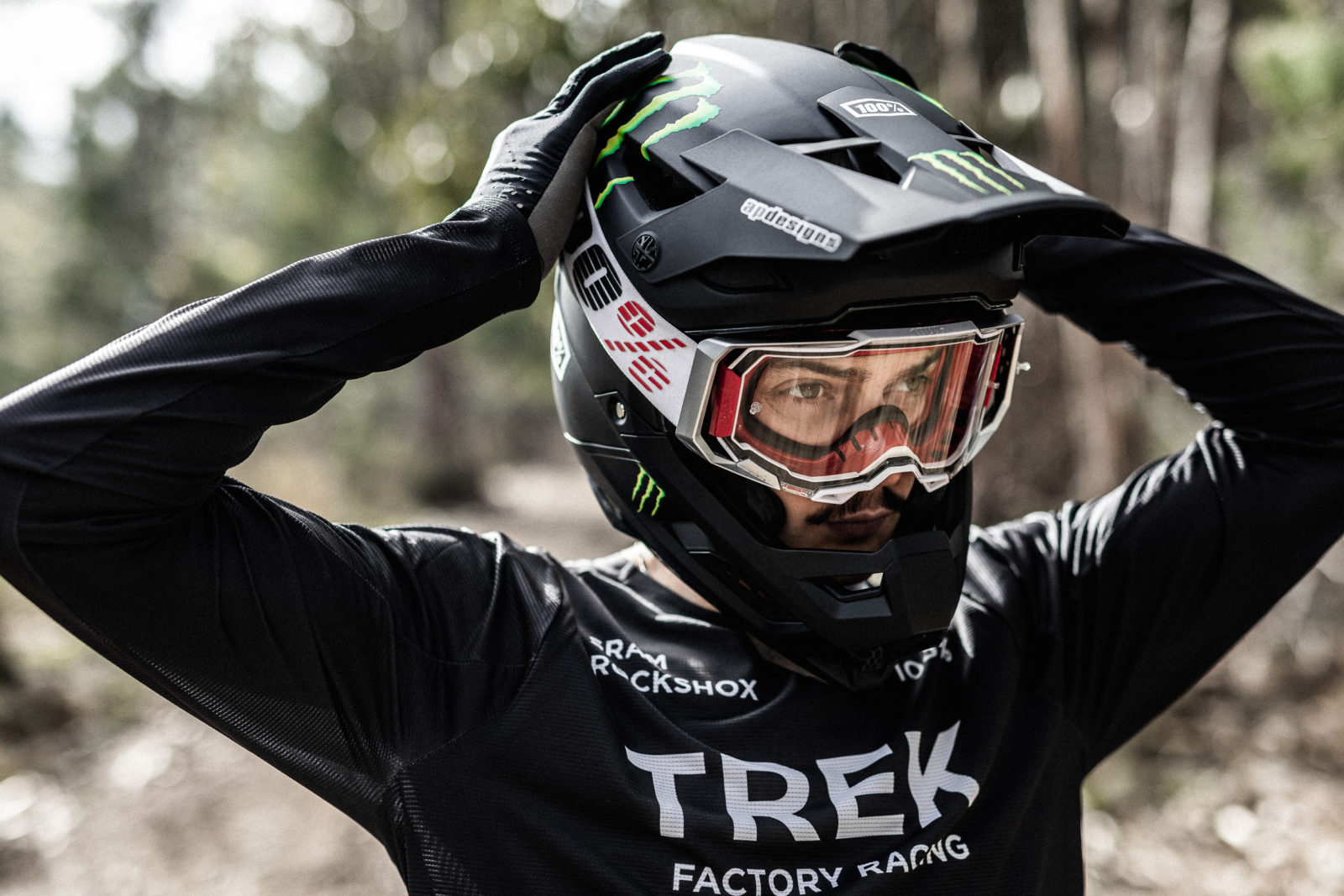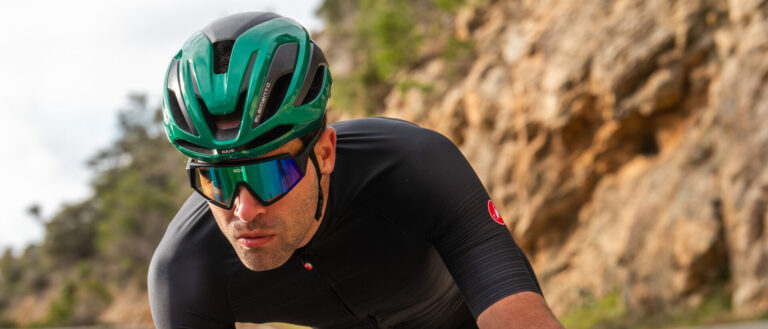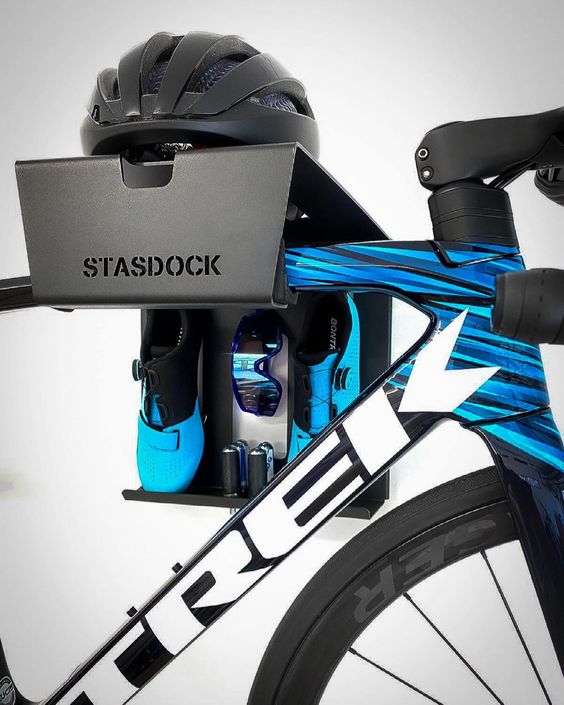Navigating Helmet Safety Standards for MTB: Understanding Crucial Standards for Protection

Key Point Summary of Helmet Safety Standards for MTB:
- Understanding Helmet Safety Standards: Explanation of key safety standards for MTB helmets like CPSC, CE EN1078, and ASTM.
- Importance of Compliance with Standards: Emphasizes why adhering to these standards is crucial for maximum protection.
- Different Standards for Different Needs: Discussion on how various standards cater to specific cycling disciplines.
- Helmet Technology and Safety Features: Overview of technologies like MIPS and WaveCel in the context of these standards.
- Regular Helmet Inspection and Replacement: The importance of routinely checking and replacing helmets to maintain safety.
Having spent a considerable amount of time on various trails and terrains, including mountain biking, gravel, and cyclocross, I’ve developed a keen understanding of the importance of helmet safety. When it comes to mountain biking (MTB), the stakes are even higher due to the rugged nature of the trails. This makes understanding helmet safety standards not just a precaution but a necessity.
Navigating Through Helmet Safety Standards
The world of helmet safety standards can be a bit of a maze. The most commonly recognized standards include the CPSC (Consumer Product Safety Commission) in the USA, CE EN1078 in Europe, and ASTM International. Each of these sets benchmarks for impact protection, strap strength, and coverage area.
Why Adherence to Standards Matters
Complying with these standards means that the helmet has been rigorously tested to withstand impacts typical of cycling accidents. This is especially crucial in MTB, where falls can be unpredictable and the impact can come from various angles.

Different Standards, Different Disciplines
It’s interesting to note that not all helmet standards are created equal. For instance, an ASTM-certified downhill MTB helmet undergoes different tests compared to a standard road biking helmet. These tests are more rigorous, considering the higher risk associated with downhill mountain biking.
Technological Advancements in Helmet Safety
In recent years, we’ve seen incredible advancements in helmet technology. Features like MIPS (Multi-directional Impact Protection System) and WaveCel add layers of safety by reducing rotational forces on the brain during angled impacts. These technologies often complement the safety standards, providing an added shield of protection.
Helmet Maintenance is Key
A crucial aspect often overlooked is the maintenance and timely replacement of helmets. Even the best helmets degrade over time due to factors like UV exposure and wear and tear. Regular inspection for any damage and replacing the helmet after a significant impact is essential, irrespective of the helmet’s apparent condition.
Personal Insights and Recommendations
Understanding the value of a good helmet is crucial for every mountain biker. A well-constructed, standards-compliant helmet is more than just a piece of gear; it’s a vital investment in your safety. The right helmet, adhering to stringent safety standards, can be the difference between a minor mishap and a serious injury, especially in challenging situations like downhill segments. Therefore, it’s essential to prioritize helmet quality and safety standards over other factors like style or cost. This approach ensures you are well-protected each time you hit the trails.

FAQ
What are the safety standards for bicycle helmets?
Bicycle helmets are subject to several safety standards, with the most common being:
- CPSC (Consumer Product Safety Commission): A U.S. standard that all helmets sold in the United States must meet.
- CE EN1078: The European standard for helmets is used for cycling, skateboarding, and rollerblading.
- ASTM F1447: Another U.S. standard, similar to CPSC but often used for helmets sold internationally.
- AS/NZS 2063: The standard used in Australia and New Zealand.
These standards ensure that helmets provide adequate protection in terms of impact absorption, strap strength, and coverage.
What is the difference between CPSC and EN 1078?
The CPSC (Consumer Product Safety Commission) and EN 1078 standards are both safety certifications for bike helmets but differ mainly in their testing procedures and regional applicability:
- CPSC: A U.S. standard with more stringent testing criteria. Helmets undergo more rigorous impact testing, including higher drop heights and different anvil shapes, to simulate various impact scenarios.
- EN 1078: A European standard that applies to helmets sold in the European Union. The testing process is slightly less rigorous, with lower drop heights and fewer impact points tested.
While both standards ensure a basic level of safety, the CPSC is generally considered to be more stringent due to its higher impact testing requirements.
What is the difference between CPSC and MIPS?
CPSC (Consumer Product Safety Commission) and MIPS (Multi-directional Impact Protection System) represent different aspects of helmet safety:
- CPSC: It’s a standard that specifies safety requirements for bicycle helmets in the United States, focusing on impact resistance, strap strength, and coverage area to protect against head injuries.
- MIPS: This is a helmet technology designed to reduce rotational forces on the brain in the event of an angled impact. MIPS is an additional feature that can be included in helmets, which may also meet CPSC and other safety standards.
In summary, CPSC is a regulatory standard for overall helmet safety, while MIPS is a specific technology used within helmets to enhance protection.
What is a CPSC approved helmet?
A CPSC approved helmet is one that meets the safety standards set by the U.S. Consumer Product Safety Commission (CPSC). These standards ensure the helmet provides a high level of protection against impact injuries. The helmet must pass specific tests involving impact absorption, strap strength, and coverage area to be CPSC certified, making it suitable and safe for use in activities like bicycling.
Here are some models that meet CPSC standards and often incorporate additional safety technologies like MIPS:
- Giro Montaro MIPS: A popular mountain bike helmet that combines MIPS technology with CPSC certification, offering enhanced rotational impact protection.
- Bell Super 3R MIPS: Known for its removable chin bar, this helmet is CPSC certified and includes MIPS for added safety, making it versatile for different MTB styles.
- Specialized Ambush with ANGi: A CPSC-certified helmet that features the ANGi crash sensor and MIPS technology, providing extra safety measures for mountain bikers.
- Smith Forefront 2 MIPS: Offers MIPS technology within a CPSC-certified helmet, known for its lightweight and Aerocore construction, suitable for aggressive MTB riding.
- POC Tectal Race SPIN: While similar to MIPS, POC’s SPIN technology is used in this CPSC-compliant helmet, offering added protection against rotational forces during impacts.
- Troy Lee Designs A2 MIPS: Combines MIPS technology with CPSC standard compliance, offering enhanced safety for mountain bikers in a stylish and comfortable design.
These helmets are specifically designed for mountain biking, ensuring both compliance with safety standards and additional features for rotational impact protection.
Final Thoughts
For beginner to mid-level mountain bikers, my advice is to not just go for the aesthetics but to pay close attention to the safety standards a helmet meets. Whether you’re cruising on a serene trail or tackling a challenging downhill course, knowing that your helmet adheres to the highest safety standards gives you the confidence to push your limits while staying protected.
Ride safe, everyone!
John






